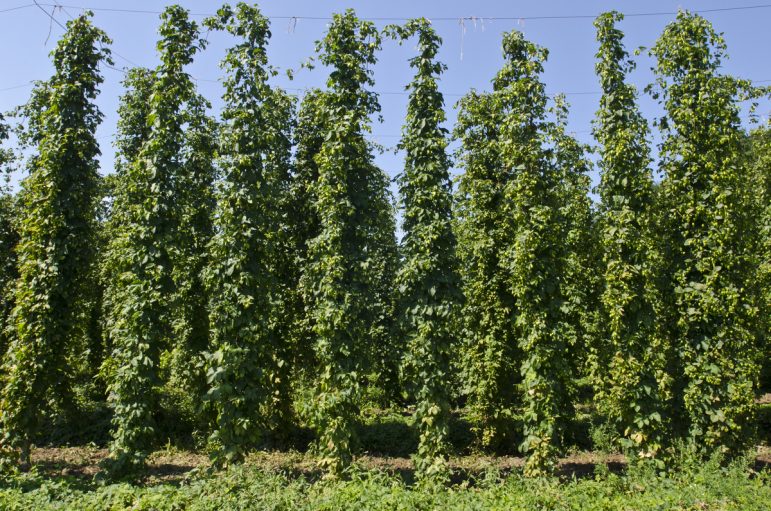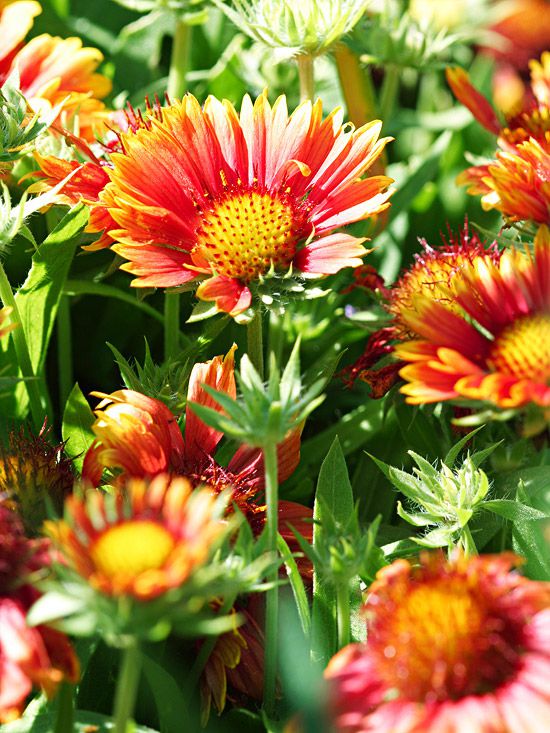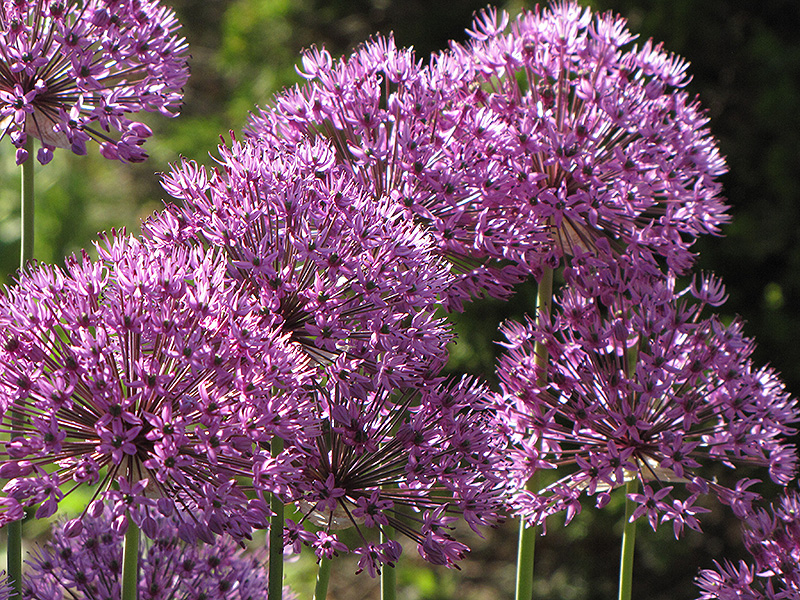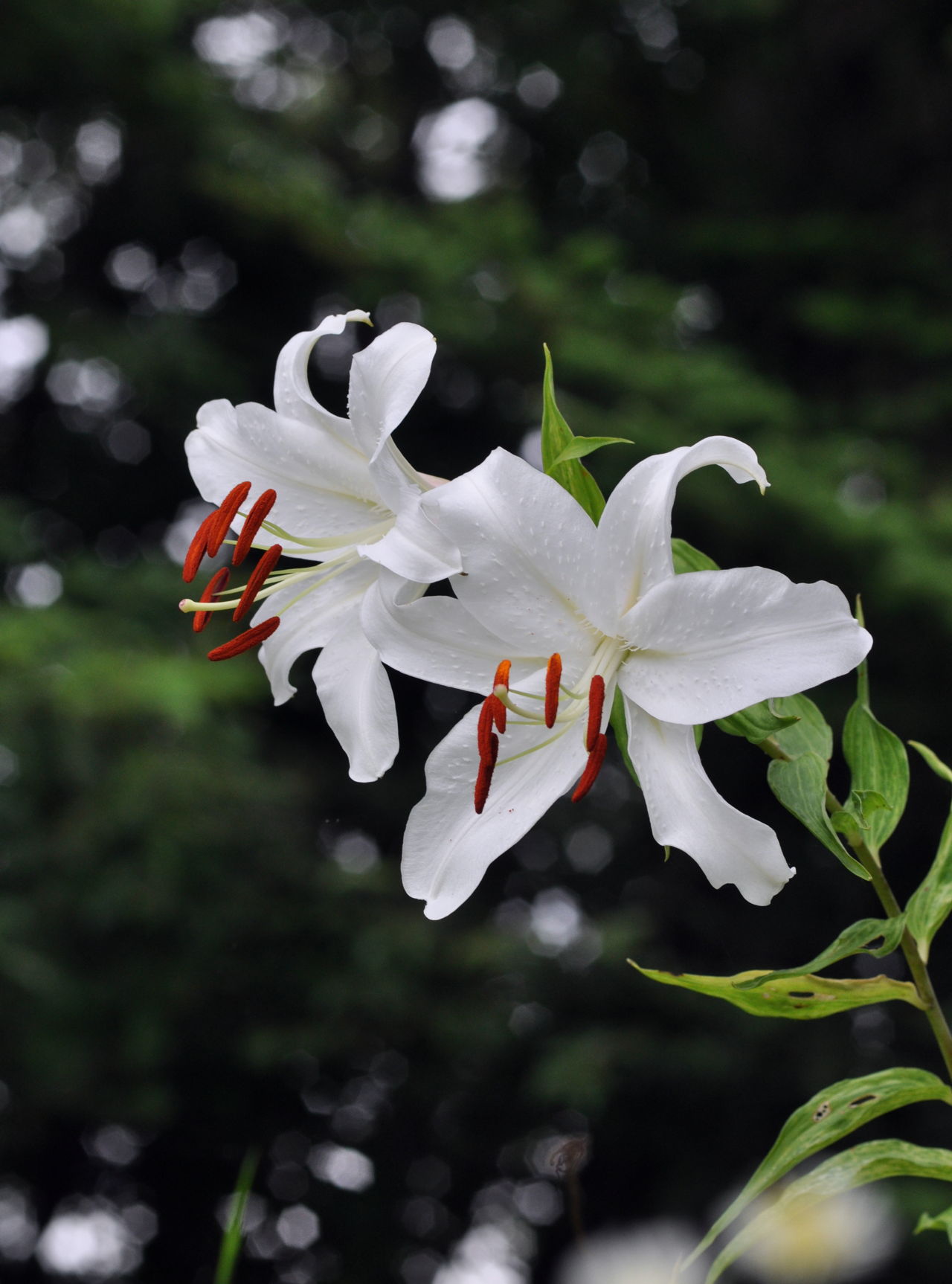Today’s topic is When Do Yarrow Bloom In Michigan. Obviously, you can find a great deal of When Do Daylilies Bloom In Michigan-related content online. The proliferation of online platforms has streamlined our access to information.
There is a connection between the 7 Best Perennial Flowers For Michigan and When Do Crocus Bloom In Michigan information. additional searching needs to be done for When Do Black Eyed Susans Bloom In Michigan, which will also be related to when do yarrow bloom in michigan.

26 Interesting Facts When Do Yarrow Bloom In Michigan | When Do Tulips Bloom In Michigan
- When planning a garden with long-blooming perennials, the same basic rules of design apply; choose a mixture of early, mid-season, and late-flowering plants. Of course, you can also affect both the bloom time and length of the flowering period with pruning practices; pinching, deadheading, and shearing. Read on to discover how to encourage months of blooms by combining clever pruning with the longest flowering perennials. - Source: Internet
- Legend has it that yarrow (Achillea millefolium) was named after Achilles, the Greek mythical hero who used it to stop the bleeding in his soldiers’ wounds. Popular in European folk medicine, yarrow contains flavonoids, plant-based chemicals that increase saliva and stomach acid to help improve digestion. Yarrow may also relax smooth muscle in the intestine and uterus, which can relieve stomach and menstrual cramps. The flowers, leaves, and stems of the yarrow plant are used as medicine. Yarrow is collected while in bloom. - Source: Internet
- Black-eyed Susan ‘Goldsturm’ (Rudbeckia fulgida ‘Goldsturm’, zones 3 to 9). Widely considered to be among the best perennials of all time, ’Goldstrum’ lights up the late summer garden with weeks and weeks of bold color that persists into October. Each coneflower-shaped flower has a raised chocolate-brown center cone that is surrounded by golden petals. The drought-tolerant plants grow about two-feet tall and offer the best visual effect when planted en masse. Deadhead faded flowers to prolong the bloom period. - Source: Internet
- Bleeding Heart ‘Luxuriant’ (Dicentra formosa ‘Luxuriant’, zones 2 to 9). Long-blooming perennials for shady spaces are hard to come by, but this is where ‘Luxuriant’ shines! Growing just knee-high, this hardy selection produces clusters of reddish-pink, heart-shaped blooms throughout late spring and summer. The ferny foliage is also attractive, and makes a nice foil for the old-fashioned flowers. Plant this shade-tolerant perennial in a woodland garden, shady border, or along a tree-lined pathway. Clipping out faded flowers will ensure months of bloom. - Source: Internet
- Coneflower ‘White Swan’ and ‘Magnus’ (Echinacea purpurea, zones 3 to 9). Coneflowers are the cornerstone of a summer perennial garden, blooming for months, even in dry, hot conditions, and providing food for butterflies, bees, and other pollinators. There are countless cultivars available to gardeners, but for months of flowers, it’s hard to beat old school selections like ‘Magnus’ and ‘White Swan’. ‘Magnus’ is a classic purple-flowering coneflower, while ’White Swan’ has large blooms with white petals and orange-copper cones. Both flower from early summer into mid-autumn, especially when deadheaded regularly. - Source: Internet
- Commonly known as a blanket flower, gaillardia is a herbaceous perennial that is native to North America. It’s one of the hardiest perennial flowers in Michigan. The plant gets its common name from the brightly colored (usually red, yellow, orange, or peach) flowers that blossom in a blanket-like fashion from summer through fall. It is a repeat bloomer, meaning it will continue to produce flowers throughout the season if deadheaded regularly. - Source: Internet
- This is a pretty, delicate-looking flower that blooms in late spring. It likes full sun to part sun, and mesic to wet soil. It grows about 2-3 feet high. This is a wetlands species of iris and it’s mostly found in coastal areas. It has a very distinguishable look to the non-fragrant flowers. - Source: Internet
- The dianthus flower, Dianthus plumarius, often called the “pink,” is a species of plant in the Caryophyllaceae family. Perennial and relatively low-maintenance, the dianthus reaches a mature height of six to 36 inches. You can find them in bloom from spring to fall. Its flowers grow in clusters and range in color from white and lilac to pink and red. The dianthus is native to Europe, Asia, and Africa. - Source: Internet
- Butterfly weed, Asclepias tuberosa, is a beautiful herbaceous perennial that is native to North America. It gets its common name from the fact that it is a favorite food source for butterflies. The plant has clusters of orange or yellow flowers that bloom in summer, and its leaves are slightly fuzzy. It’s one of the best perennial flowers for Michigan because it can withstand different conditions. - Source: Internet
- Geranium ‘Rozanne’ (Geranium x ‘Rozanne’, zones 4 to 9). I don’t like to throw the term ‘low-maintenance’ around irresponsibility, but with ‘Rozanne’, it’s the perfect description. This hardy plant forms 12 to 18 inch tall mounds of spreading foliage, which is topped from early summer until frost with two-inch wide, violet-blue flowers. After its initial bloom, the plants will continue to pump out a moderate amount of fresh flowers for months. However, if you shear the plants back by one-third after the first blossoms fade, you’ll encourage another heavy show of flowers. - Source: Internet
- A well-designed garden provides interest from early spring through late autumn, and beyond if you also select plants for winter structure. But, for the main growing season, much of that interest comes from flowering and foliage plants. Gardeners who want a lower maintenance landscape would be wise to look for perennial plants that are both easy-to-grow and offer a long blooming period. Most perennial plants flower for two to four weeks, but the longest flowering perennials, like coneflowers and catmint, measure their flowering period in months, not weeks. - Source: Internet
- Wild columbine is another great choice to consider. It grows about 2-3 feet tall and blooms in spring. It likes part shade to full sun and mesic to dry-mesic soils. The large, showy flowers on this plant will attract bees, birds, butterflies, as well as other pollinators. They will make a beautiful addition to your landscape. - Source: Internet
- Monkey-flower blooms in summer and grows to 2-3 feet high. It likes full sun to part sun and mesic to wet-mesic soil. This is a weak-stemmed perennial with pretty purple flowers. It gets its common name because the flowers are shaped a bit like monkey faces. - Source: Internet
- Pruning Tip – As summer flowers fade, deadhead often, cutting down to a fresh stem or set of leaves. This will push the plants to continue producing more blooms. Small flowered perennials, like ‘Moonbeam’ Coreopsis, can be quickly and easily deadheaded with hedge shears, rather than snipping individual blooms. In late summer, as flowering winds down, stop deadheading to allow some blooms to go to seed. Seedheads provide valuable food for birds and add interest to the winter garden. - Source: Internet
- Yellow giant hyssop grows from 4-6 feet high, blooms in the summer, and likes mesic soil. It will do well in full sun to light shade. Bees are drawn to the flowers as well as butterflies. This plant is in the mint family and when the leaves are crushed, they put off a minty aroma. - Source: Internet
- Rough blazing star – This native is unusual in that it blooms from the top down. It produces purple spikes of flowers. Look for wild, not cultivated, species of blazing star. - Source: Internet
- Achillea millefolium is a perennial plant in the Asteraceae family. It is native to Asia, Europe, and North America. The common names for yarrow include gordaldo, nosebleed plant, sanguinary, milfoil, soldier’s woundwort, thousand-leaf, and thousand-seal. Why is this one of the best perennial flowers for Michigan? Because it’s attractive and tall! - Source: Internet
- Swamp agrimony is one of a couple of types of agrimony native to Michigan (tall agrimony is as well). It grows from 3-4 feet tall and blooms in the summertime. It likes mesic to wet soil and full sun to light shade. As the name suggests, it does best in damp soils like marshy or boggy areas. - Source: Internet
- Tall bellflower is another great native for your garden. It blooms in late summer and grows to about 3-5 feet tall. It likes wet-mesic to mesic soil and light shade to part sun. Be sure to avoid planting in parts of your lawn that get full sun for long hours of the day. - Source: Internet
- Sundrops bloom in early summer and grow from 1 ½ to 2 1/1 feet tall. They like full sun and mesic to dry-mesic soil. The yellow petals of sundrops open up in the sun and the perennial roots form a dense cluster of upright stems. They are low maintenance and look great in any garden or landscape. - Source: Internet
- Pruning Tip – Don’t be afraid to grab those pruning shears once that initial bloom of spring flowers starts to wind down. Many perennials, like Geranium ‘Rozanne’ will continue to produce flowers all season, but in a lesser quantity. If you want a heavier bloom, shear the plants back by one-third to one-half to push out fresh foliage and flowers. - Source: Internet
- The scarlet red color of the cardinal flower is sure to make a statement in your garden. It blooms in late summer and can grow from 2 to 6 feet high. It likes wet-mesic soil and light shade to part sun. - Source: Internet
- In terms of care, the dianthus prefers full sun and moist but well-drained soil. It is also important to note that the dianthus is toxic to pets if ingested. With its showy blooms and easy care requirements, the dianthus is a popular choice for gardens, large and small. - Source: Internet
- Northern blazing star is one type of blazing star that is native to Michigan. You can also find rough blazing star and marsh blazing star native in this state. Northern blazing star blooms in summer and grows from 2-3 feet tall. It likes full sun and medium to dry soil - Source: Internet
- Smooth aster likes full sun and mesic to dry-mesic soil. It grows 3 to 5 feet tall and blooms in the fall. There are many other types of aster that are native to Michigan too, including: - Source: Internet
- Button bush likes full sun to part shade, mesic to wet-mesic soils, and can grow 5-8 feet tall. It blooms in summer. This ornamental is also a honey plant, which is why it is sometimes called honeybells or honey balls. - Source: Internet
 Following are some suggestions for where to begin your search for data on Gardenia:
You should try to find When Do Daylilies Bloom In Michigan-related information from reputable places. Libraries, online resources, and even paid journalists all fall under this category.
- It's crucial to be aware of the various electronic media sources available when researching Yarrow 'Paprika' Seeds (Certified Organic), such as Google and YouTube. You may also get info about White Yarrow Seeds (Certified Organic) on social media sites like Facebook and Twitter.
Following are some suggestions for where to begin your search for data on Gardenia:
You should try to find When Do Daylilies Bloom In Michigan-related information from reputable places. Libraries, online resources, and even paid journalists all fall under this category.
- It's crucial to be aware of the various electronic media sources available when researching Yarrow 'Paprika' Seeds (Certified Organic), such as Google and YouTube. You may also get info about White Yarrow Seeds (Certified Organic) on social media sites like Facebook and Twitter.It’s crucial to read to examine the authenticity of each source in order to acquire the greatest information regarding When Do Crocus Bloom In Michigan.
Video | When Do Yarrow Bloom In Michigan
You’ll learn more about When Do Lilies Bloom In Michigan after watching the films included in this post, which come from a variety of different sources. Information on a wide range of topics can be easily accessed via the internet.
## Notable features of When Do Lilies Bloom In Michigan include:- When Do Yarrow Bloom In Michigan
- When Do Lilies Bloom In Michigan
- When Do Daylilies Bloom In Michigan
- When Do Crocus Bloom In Michigan
- When Do Daffodils Bloom In Michigan

With the abundance of The Best Plants to Grow in Michigan-related resources available online, it’s easy to find what you’re looking for.
This is not how most people would expect to learn more about When Do Lilies Bloom In Michigan, so be prepared for some shock value. It paves the way for a closer examination of the When Do Daylilies Bloom In Michigan information’s actual substance and its potential applications.
 techniques for making When Do Roses Bloom In Michigan data visualizations that are both aesthetically pleasing and practically applicable. They can spread the word about When Do Daffodils Bloom In Michigan in professional and promotional settings. For this reason, we also include 7 Best Perennial Flowers For Michigan-related pictures.
techniques for making When Do Roses Bloom In Michigan data visualizations that are both aesthetically pleasing and practically applicable. They can spread the word about When Do Daffodils Bloom In Michigan in professional and promotional settings. For this reason, we also include 7 Best Perennial Flowers For Michigan-related pictures.
At last, this article sums up key points about Gardenia. There is also a comparison of your Yarrow ‘Paprika’ Seeds (Certified Organic) knowledge to that of When Do Black Eyed Susans Bloom In Michigan, as well as a discussion on When Do Roses Bloom In Michigan and When Do Black Eyed Susans Bloom In Michigan.